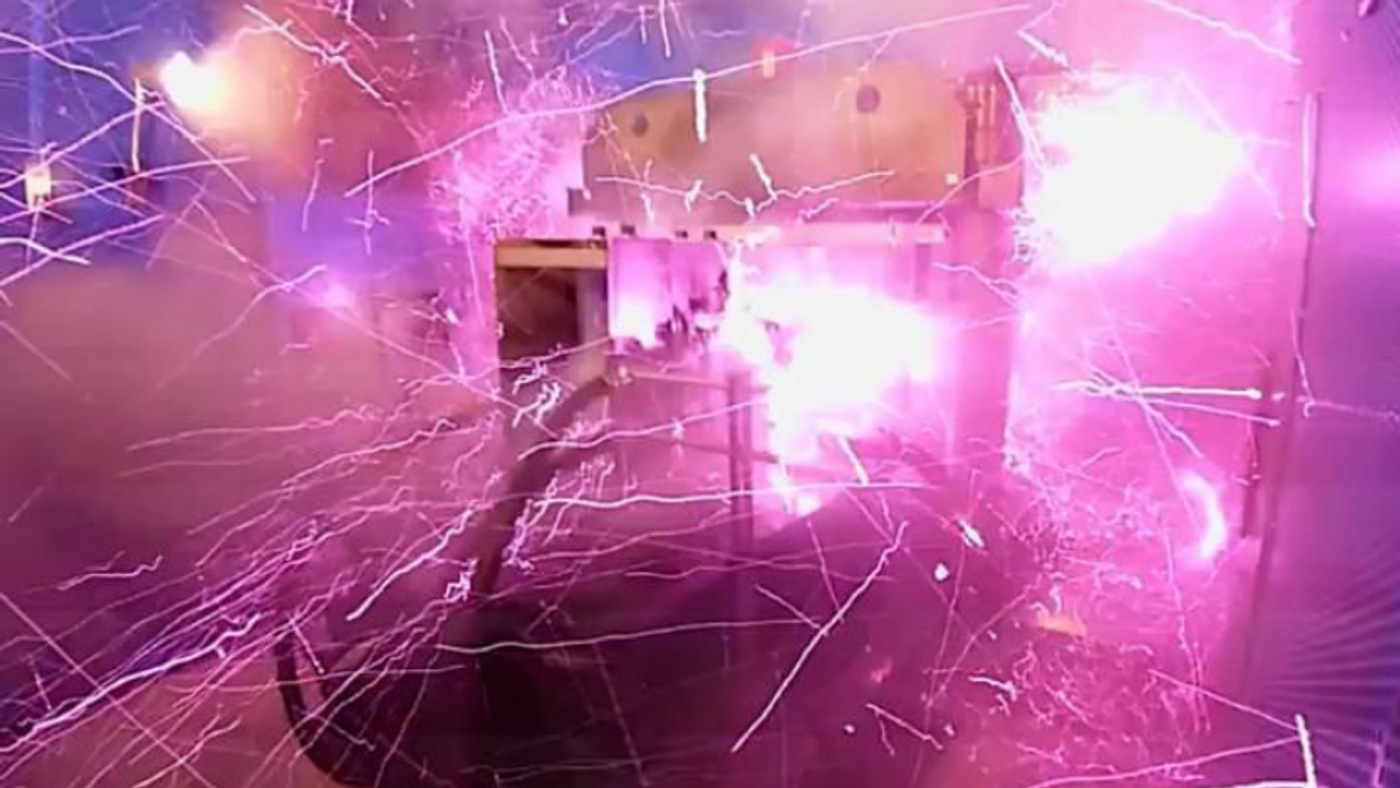Ultra-Powerful Magnetic Field That Beats Out Hundreds of MRI Machines
In a recently published report, a group of physicists from the University of Tokyo detailed how they generated the strongest magnetic field in the record without the use of chemical compression, a whopping 1,200 teslas (T).
So how does it compare to other magnetic objects in scale? A fridge magnet generates about 0.01 T, whereas the state-of-art magnetic resonance imaging (MRI) scanner produces 3 T. In a split of a second of their experiment, the Japanese scientists had a localized field that was four hundred times strong than that during an MRI exam.
Last December, researchers at the Florida's National Maglab smashed a world record with their high-temperature superconducting magnet, which is capable of generating a stable field of 32 T for hours.
To produce the ultra-strong magnet, the Japanese scientists relied on a method called electromagnetic flux compression. The lead investigator Dr. Shojiro Takeyama and his colleagues charged a small electromagnetic coil with strong current and then collapsed the coil at fifteen times the speed of sound, literally squeezing the magnetic field within a super tight space.
However, the ultra-intense magnetic field did not last for long: after one tenth of a second, the mechanic stress combined with the heat from internal current exploded the coil, terminating the experiment with a loud bang.
Magnetic Field Record Set With a Bang: 1200 Tesla (IEEE Spectrum)
The short-lived, explosive nature of this type of field-generating setup is anything but uncommon. Back in 2001, Russian scientists managed to pull a 2,800 T magnetic field with the help of chemical explosives. Invented by Soviet physicist Andrei Dmitrievich Sakharov in the early 1950s, the so-called chemical compression method involves the conversion of blast waves into electromagnetic energy. Although it was fully capable of creating the strongest field, the drawback of this technique is very obvious--the total destruction of the experiment setup, which renders its application value minimal.
With the improved version of this ultra-strong magnetic field generator, scientists hoped they can study solid-state physics in high resolution, as well as manipulate ion flows in a nuclear fusion reactor.
In a press release, Takeyama said: "With magnetic fields above 1,000 Teslas, you open up some interesting possibilities. You can observe the motion of electrons outside the material environments they are normally within. So we can study them in a whole new light and explore new kinds of electronic devices. This research could also be useful to those working on fusion power generation."
The magnetic intensity of the device surpassed the expectation of Takeyama and colleagues. "I designed the iron housing to endure against about 700 T,” says Takeyama during an interview with Spectrum IEEE. "The door was in an iron cupboard prepared for an assault of this nature, so no harm was done beyond to any researchers. Since the machine created such a strong blast, bending and breaking an enclosure door, “next time I’ll make it stronger,” he added.
Source: Popular Mechanics









